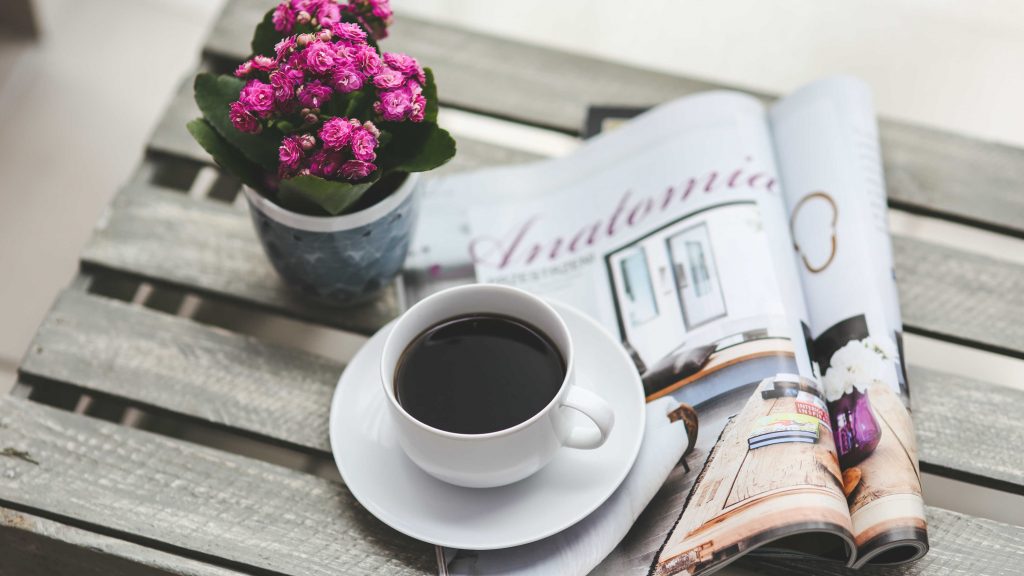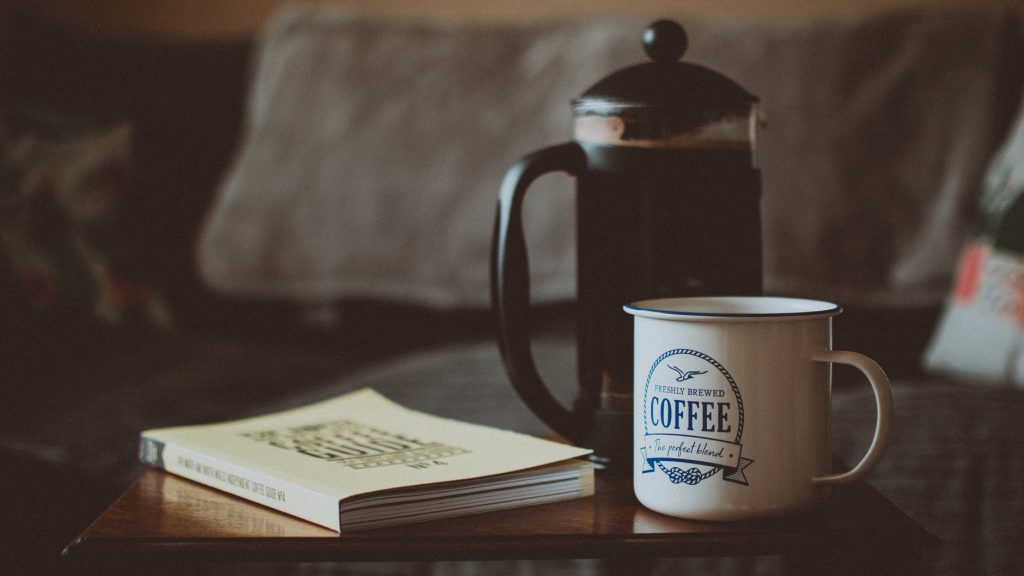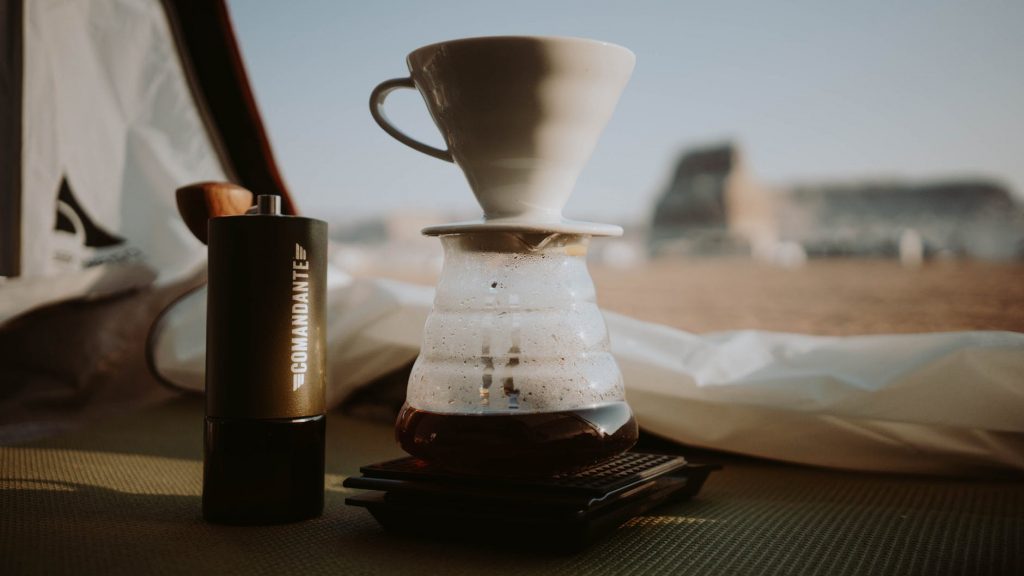fbq('trackCustom', 'view_shop_gear'); var trackEvent = 'shop_gear'; Coffee plants, also known as Coffea Arabica is a…
Everyone has their favorite cafés and go-to coffee shops when it comes to a decent cup of coffee, but learning how to brew your own coffee at home may be a life-changing ability for those days when you’re trapped at home or simply too busy to go to your favorite coffee shop. Follow these easy tips and learn to make your own luxurious coffee while enjoying your favorite TV show in your cozy and warm house.

You should buy coffee beans that have been freshly roasted. When you brew coffee soon after it’s been roasted, it tastes the finest. Get the freshest possible by looking for a “roasted on” date on the label. To avoid stale coffee in your cupboard, but no more than two weeks’ worth at a time. Compared to alternative packaging, a vacuum-sealed, opaque bag keeps coffee fresher. Coffee is unquestionably finest when consumed within days following roasting.
Avoid buying coffee in quantity from supermarket display containers. Because oxygen and strong light degrade the flavor of roasted beans, the storage tubes get coated with coffee oils, which oxidize.
True coffee lovers understand that freshness is an essential component of the ideal cup, and your coffee will be considerably fresher if you grind it yourself just before brewing a cup. You don’t simply want a cup of coffee to wake you up; you want a cup with rich tastes and fragrances that will give you a gratifying experience with each sip. You can try out the Jura S8 Coffee Machine and surrender yourself to the delightful taste of your morning cup. Coffee machines are usually pretty little, so they won’t take up much room in your kitchen. With minimum clean-up, you may get quick, easy, and consistent results and enjoy your fresh-made coffee.
The type of bean (Arabica or robusta) and the country of origin should be listed on the label. A mix originating from various places might indicate that the producer prioritized cost above quality, although there are undoubtedly exceptions.
Choose 100 percent arabica beans or a blend with a little amount of robusta if you like extra caffeine in your coffee. Although not all Arabica beans are of high quality, especially those offered as dark roasts, the best specimens are far sweeter and less bitter than robusta.
Always keep coffee beans in an airtight container once they’ve been opened. Good options are glass canning jars or ceramic storage crocks with rubber-gasket closures. Avoid putting it in the fridge, for roasted beans are porous and absorb moisture, and smells quickly. Coffee, especially black roasts, should never be frozen, according to flavor experts. Ideally, get a five- to seven-day supply of fresh beans and store them at room temperature.
Nothing can spoil a pot of coffee faster than chlorine or off-flavors in tap water. Coffee drinkers who are serious about their coffee use bottled spring water or activated charcoal/carbon filters on their faucets. Also, softened or distilled water produces horrible coffee. Excellent water has minerals that are necessary for good coffee.
The French Press is one of the most traditional and straightforward methods of brewing coffee, including soaking ground coffee in hot water and then pressing a lever down to remove the grinds from the coffee. This process is preferred by many professionals, although it takes some expertise to avoid harsh over-extraction.

The pour-over technique, which is one of the oldest ways to brew coffee, involves pouring hot water over coffee grinds through a filter and allowing the coffee to drop gently into a cup.

Using a coffee machine, prepare a drip brew. You’ll get coffee if you put the water where the water belongs and the grounds in the filter. The results are acceptable but not as good as the methods described above.

This Italian innovation, often known as a stovetop espresso machine, makes a strong, espresso-like coffee by pushing hot water over coffee grinds under the pressure of steam. Fill the Moka pot’s lower chamber with hot water until it reaches the fill line. Then, fill the filter basket halfway with ground coffee, making sure it’s even but not too compressed, and pushing any stray grounds away from the filter basket’s edge. Before placing the pot on a medium-heat burner, place it in the bottom compartment and screw on the spouted top. Turn off the heat as soon as you hear a hissing, bubbling sound.
Each coffee enthusiast must discover his or her particular preference. Trying multiple suppliers, mixes, and roasts might take hundreds of tries just to get the ideal bean. However, this is a part of your unique experience, so don’t be afraid of trying and learning more to find your perfect coffee taste and enjoy it.
